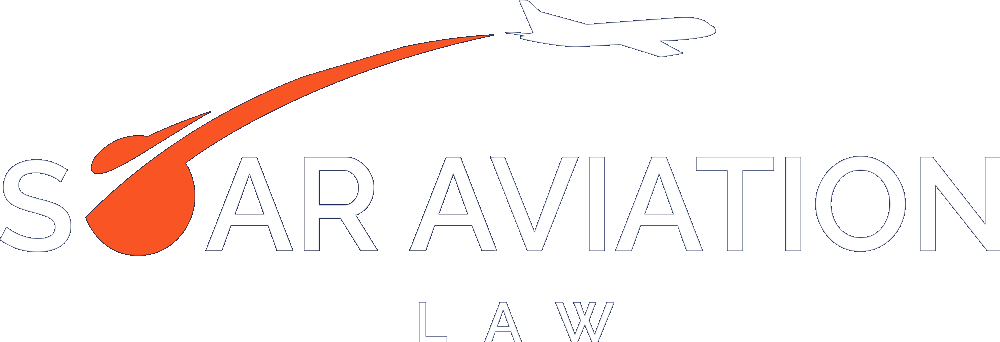When purchasing an aircraft, it is important to focus not only on acquiring the aircraft but also, developing an operational plan, which includes aircraft management. If the aircraft is going to be used for charter, then a charter management company with a Part 135 certificate must be engaged. Aircraft owners who only plan to use the aircraft under Part 91, have three options for managing aircraft operations: (i) hiring a management company to manage everything, including crew, maintenance, and insurance; (ii) creating their own flight department and handling all management tasks themselves; or (iii) selecting a hybrid option wherein the aircraft owner handles certain management tasks and a management company performs other management tasks.
I recommend that first-time aircraft owners hire a management company for a turn-key solution, at least during the first year of ownership. The owner will learn a great deal during that initial year and, in future years, may elect to handle some or all management functions within its existing organization. These tasks will be much easier to accomplish after experiencing the steep learning curve that takes place over the course of the first year of ownership.
One example of the time-consuming work that comes with aircraft ownership is the paperwork. The volume of paperwork can be overwhelming for a startup flight department. Aviation is a highly regulated industry that is very paper intensive. Many large corporate flight departments have a literal library of manuals, logbooks, invoices, payroll records, training records and handbooks. The person responsible for maintaining the library of documents that comes with aircraft ownership must be an expert in organization and regulatory compliance. Aircraft records that are not properly maintained can have a significant negative impact on the resale value of an aircraft. In addition, monthly reporting is required under any applicable maintenance service programs. In a turn-key aircraft management solution, the aircraft manager handles all this and much more.
In addition to the paperwork, there are a host of other items that are difficult in today’s market including staffing, aircraft maintenance scheduling, training slots, human resource issues and insurance. Daily, aircraft management companies face staff shortage issues, lack of availability at maintenance service centers and, sometimes, scarce pilot training slots. As a result, they have experience in how to accomplish these tasks in a restrictive market.
An aircraft management company can handle every aspect of aircraft operations. Someone once told me, “Do what you do well and hire someone to do the rest.” While the cost of full aircraft management may seem high, it allows the aircraft owner to focus on what they do best. Furthermore, there should be no fear of compliance issues when a reputable management company is engaged.
Selecting the right aircraft management company is key to a successful relationship. Here are some key questions to consider:
1. Does the management company have a similar corporate culture to the owner’s corporate culture?
2. In the case of an individual owner, does the management company have a high level of service standards dedicated to that owner’s priorities?
3. What is the retention rate of the management company?
4. What is their growth plan?
Management companies come in all shapes and sizes. Some may specialize in certain types and/or manufacturers and some may service all aircraft types. Some have plans for expansive growth and others don’t want to grow beyond a certain number of clients. Understanding the company today, and how they plan to evolve, will help determine if there is a good match.
There are many options available for aircraft management, not only in which company you select, but the services you desire. While full aircraft management options, as described above, are still dominant in the marketplace, some aircraft owners want more of a hybrid approach. For example, an aircraft owner may prefer to employ their crew and maintenance technicians directly or they may prefer to have their own insurance policy instead of adding their aircraft to the management company’s fleet policy. Most management companies allow for a selection of their services on an ad hoc basis so a hybrid between full-service management and a stand-alone flight department is possible.
If the aircraft owner is going to start a flight department without the use of any management company services, the first hire is usually the chief pilot. If the chief pilot has a strong management background, the flight department is more likely to be successful. But if the chief pilot is too busy flying the aircraft, there will be a limit on their availability for management tasks. Before staffing, there should be a detailed plan that addresses how many hours the aircraft will be flown, hours of operation, maintenance support plan, alternative lift when the aircraft is unavailable and access to alternative crew when full time crew is unavailable. Just like any other department in a company, the role, vision, and expectations for a flight department should be established prior to staffing. To establish a successful flight department, the department head must have time to lead.
For most first-time aircraft owners, outsourcing some, if not all, of the aircraft management for at least the first year or two, is the most likely recipe for success. After the initial period, the owner will know and better understand aircraft operations and the responsibilities that come with it. At that point, an informed decision can be made as to whether the owner wants to staff a flight department, establish a hybrid operation, or simply continue to do what she does well and outsource the rest.
